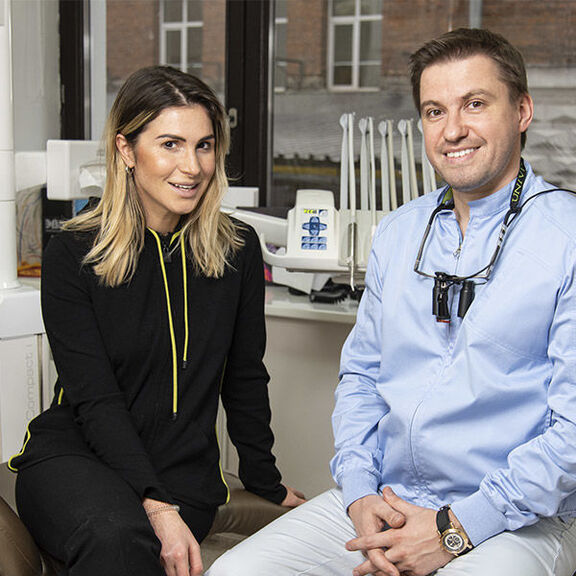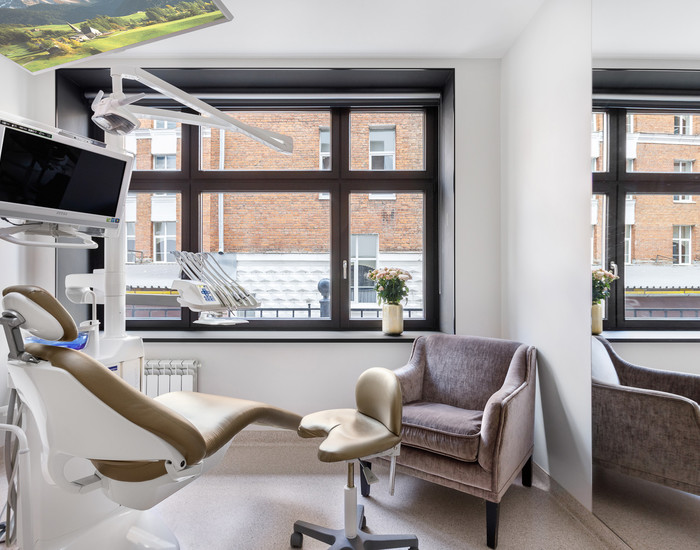Why Gum and Teeth Treatment is Necessary
Each tooth is surrounded by soft tissues that protect it from mechanical impacts, pathogenic bacteria, and acidity changes. The complex of tissues around the tooth and holding it in the alveolus, the tooth socket, is called the periodontium. With improper oral care, weakened immunity, and exposure to negative external factors, the condition of the periodontium deteriorates. Statistics show that the vast majority of people encounter periodontal diseases. If not treated in time, they can lead to serious complications and tooth loss. The pathology progresses, spreading to the peri-tooth tissues, weakening, and destroying them. Symptoms include:
- Redness, swelling, bleeding of the gums;
- Unpleasant breath;
- Painful sensations.

















































_700x550_ac7.jpg)






